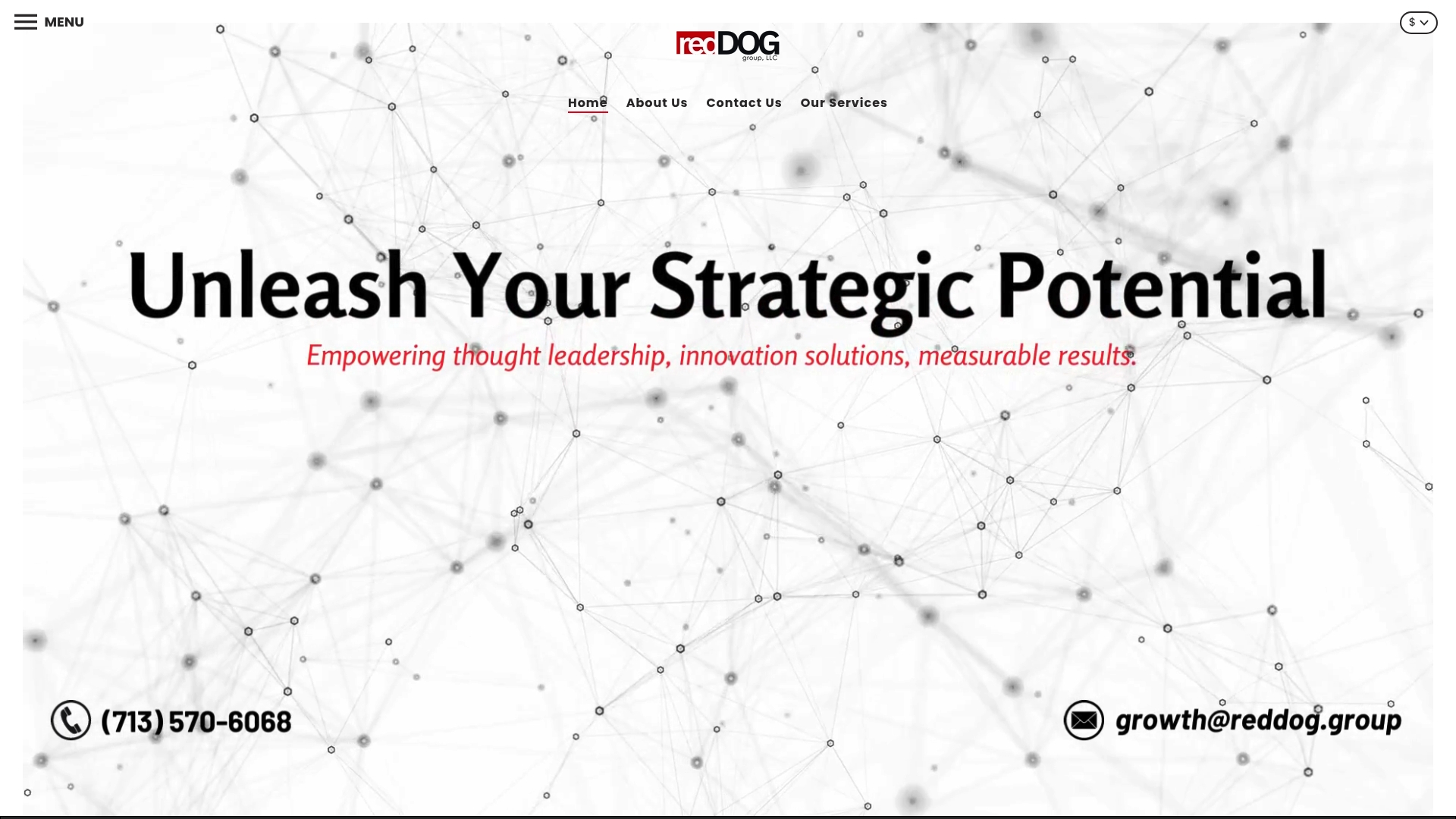
Omnichannel Marketing Integration for Retail Growth Success
Posted on
Nearly 73 percent of shoppers use multiple channels before making a purchase. This shift in behavior means brands must create smooth and unified experiences across every touchpoint. Evaluating your current sales channels, building data connections, and aligning your approach can help you respond to new customer expectations while positioning your business for growth and efficiency.
Table of Contents
- Step 1: Assess Current Sales Channels And Data Assets
- Step 2: Define Unified Customer Experience Goals
- Step 3: Integrate Online, Offline, And Marketplace Platforms
- Step 4: Align Marketing Campaigns Across All Channels
- Step 5: Test, Track, And Optimize Omnichannel Performance
Quick Summary
| Key Point | Explanation |
|---|---|
| 1. Assess sales channels systematically | Create a detailed inventory of all sales platforms to understand their performance and potential. |
| 2. Define clear customer experience goals | Establish specific, measurable goals to improve the consistency of customer interactions across all channels. |
| 3. Integrate technology across platforms | Implement a centralized system to ensure seamless data sharing and customer experience across sales channels. |
| 4. Align marketing messages effectively | Develop unified branding and campaigns across all touchpoints to maintain consistency and enhance customer engagement. |
| 5. Continuously test and optimize performance | Utilize analytics tools to regularly review and refine your omnichannel strategy for better resource allocation and customer insights. |
Step 1: Assess Current Sales Channels and Data Assets
In this critical first step of omnichannel marketing integration, you will systematically evaluate your existing sales channels and data resources to establish a strong foundation for growth. According to BCX, connecting every customer touchpoint becomes essential for creating a unified customer journey.
To effectively assess your current sales channels, start by creating a comprehensive inventory of all active platforms. This includes your physical retail locations, eCommerce website, marketplace seller accounts (like Amazon or eBay), social media shops, mobile applications, and any other sales touchpoints. Document each channel’s current performance metrics such as monthly revenue, conversion rates, average order value, and customer engagement levels. JIER highlights that implementing an omnichannel strategy requires significant investment in technology and coordination, making this initial assessment crucial.
Next, conduct a thorough audit of your existing data assets. Gather customer data from each sales channel including demographic information, purchasing history, browsing behaviors, and interaction records. Look for potential data integration challenges or gaps that might prevent a seamless omnichannel experience. For optimal results, consider using analytics tools that can help consolidate and analyze data across different platforms. Understanding your current capabilities will help you identify the technological infrastructure and process improvements needed to create a truly integrated sales ecosystem.
Quick tip: Pay special attention to any data siloes that might exist between your sales channels. Breaking down these barriers is key to creating a unified customer experience.
Once you have completed this assessment, you will be ready to move forward with designing a strategic omnichannel approach that maximizes your existing resources and identifies opportunities for growth. How to Boost Omnichannel Sales for Retail Success can provide additional insights into the next steps of your journey.
Step 2: Define Unified Customer Experience Goals
In this critical step, you will establish clear and strategic goals for creating a seamless customer experience across all your sales channels. BigCommerce defines a unified customer experience as a system ensuring every customer interaction matches in content, functionality, and cohesive branding across multiple touchpoints.
To define your unified customer experience goals, start by mapping out the entire customer journey from initial contact to post purchase support. Identify key touchpoints where customers interact with your brand and analyze how each channel currently performs. According to ZS, a unified customer engagement goal provides a foundational blueprint that aligns tactical and strategic planning across marketing and sales channels.
Focus on creating specific measurable goals that improve customer consistency. These might include reducing response times across channels, maintaining consistent pricing and product information, ensuring similar brand messaging, and developing integrated customer support processes. Your objectives should aim to create a smooth experience that allows customers to transition between channels without friction or information loss.

Quick tip: Always prioritize customer perspective. The most effective unified experience goals are those that genuinely make purchasing and interacting with your brand easier and more enjoyable.
Once you have established your unified customer experience goals, you will be prepared to develop a comprehensive strategy for implementation. Understanding Why Build Omnichannel Presence for Growth can provide additional context for your next steps.
Step 3: Integrate Online, Offline, and Marketplace Platforms
In this crucial step, you will create a seamless connection between your various sales channels to provide a unified customer experience. Atlantis Press defines omnichannel as the union of multiple channels with a communication strategy that allows them to complement each other and meet customer needs effectively.
Begin by implementing a centralized technology infrastructure that can synchronize data and customer interactions across all platforms. This means ensuring your point of sale systems, eCommerce platforms, marketplace seller accounts, and physical store systems can communicate and share real time information. McKinsey emphasizes the importance of omnichannel personalization by tailoring customer experiences across both physical and digital channels.
Focus on creating consistent customer experiences by standardizing key elements like pricing, product information, inventory visibility, and customer support protocols. Implement middleware or integration platforms that can connect your different sales channels and enable features like real time inventory tracking, unified customer profiles, and seamless order management across online marketplaces, physical stores, and direct sales channels.
Quick tip: Prioritize customer data synchronization to ensure that interactions and preferences are consistent no matter where a customer chooses to engage with your brand.
As you work through these integration processes, How to Start Omnichannel Sales for Retail Success can provide additional guidance for navigating this complex but rewarding strategy.
Step 4: Align Marketing Campaigns Across All Channels
In this critical step, you will develop a comprehensive strategy to create consistent and cohesive marketing messages across every customer touchpoint. Omind emphasizes that an omnichannel approach ensures brand messaging remains consistent regardless of the platform or touchpoint.
Start by creating a centralized marketing content repository that allows your team to develop unified messaging and visual branding guidelines. This means establishing core campaign themes, visual identity standards, tone of voice, and key promotional messages that can be adapted seamlessly across different channels such as social media, email, physical store displays, online marketplaces, and mobile applications. Develop a master content calendar that coordinates campaign timing and messaging across all platforms to ensure a synchronized approach.
Implement advanced marketing technologies that enable cross channel campaign management and tracking. These tools should allow you to monitor campaign performance, audience engagement, and conversion rates across different platforms while maintaining a holistic view of your marketing efforts. Nextiva notes that a unified approach makes decision making faster and more effective across the organization.
Quick tip: Always conduct periodic content audits to ensure your marketing messages remain aligned and reflect your current brand strategy across all channels.
As you refine your marketing campaign alignment, Personalized Marketing Explained: Complete Omnichannel Guide can provide additional insights into creating more targeted and effective marketing strategies.
Step 5: Test, Track, and Optimize Omnichannel Performance
In this final step, you will develop a comprehensive approach to measuring and continuously improving your omnichannel marketing strategy. BCX highlights that integrating digital, physical, and social channels not only simplifies customer experiences but also enables smarter resource allocation and operational efficiency.
Implement advanced analytics tools that can track customer interactions across all channels and provide a holistic view of performance. arXiv suggests utilizing innovative deep learning attribution algorithms to assess the impact of each advertising channel. Focus on key performance indicators such as customer acquisition cost, conversion rates, average order value, customer lifetime value, and channel specific engagement metrics. Create a centralized dashboard that consolidates data from all platforms to give you a real time understanding of your omnichannel performance.
Develop a systematic optimization process that involves regular performance reviews, A B testing of marketing strategies, and continuous refinement of your approach. Set up automated reporting mechanisms that flag performance anomalies and provide actionable insights.
![]() This iterative approach will help you identify which channels are most effective, understand customer preferences, and allocate resources more strategically.
This iterative approach will help you identify which channels are most effective, understand customer preferences, and allocate resources more strategically.
Quick tip: Conduct quarterly comprehensive reviews of your omnichannel performance to ensure your strategy remains agile and responsive to changing market dynamics.
To deepen your understanding of performance tracking, Understanding the Role of Omnichannel Analytics offers additional insights into advanced measurement techniques.
Unlock Seamless Omnichannel Growth for Your Retail Brand
If you are struggling to integrate your online, offline, and marketplace sales channels while keeping a consistent and unified customer experience this article highlights the exact challenges many retailers face today. The need to break down data silos and synchronize pricing inventory and marketing efforts across every touchpoint can feel overwhelming. But tackling these pain points is essential to avoid missed opportunities and deliver a smooth customer journey that drives revenue and loyalty.
At Reddog Group, we specialize in guiding small and medium-sized businesses through this complex process. Our Digital & Business Consulting Services by Reddog Consulting combine deep industry expertise with proven strategies for omnichannel mastery and marketplace management. Whether you need help with Amazon FBA optimization DTC channel growth or integrated sales strategies we offer tailored solutions backed by years of managing 50+ brands and over 30,000 SKUs.

Take control of your retail growth and unify your customer experience now. Visit our Home page to explore our services and see firsthand how we deliver measurable year-over-year revenue growth. Do not let fragmented channels hold you back act today to build a robust omnichannel strategy that turns challenges into lasting success. Learn more at https://reddog.group and start elevating your brand’s reach and sales performance.
Frequently Asked Questions
How can I assess my current sales channels for omnichannel marketing?
To assess your current sales channels, create a comprehensive inventory of all active platforms, including physical stores, eCommerce sites, and marketplace accounts. Then, document performance metrics like monthly revenue and conversion rates to identify areas for improvement.
What goals should I set for a unified customer experience?
Set specific, measurable goals that enhance customer consistency across all touchpoints. For example, aim to reduce response times by 30% or maintain consistent pricing across channels to create a seamless shopping experience.
How do I effectively integrate my sales channels for omnichannel marketing?
Integrate your sales channels by implementing a centralized technology platform that synchronizes data and customer interactions. Ensure that systems across physical stores and online platforms can communicate in real time to provide a unified customer experience.
What steps should I take to align my marketing campaigns across channels?
Create a centralized repository for marketing content to ensure consistent messaging and branding. Develop a master content calendar that coordinates campaigns across all platforms, helping maintain a synchronized marketing approach.
How can I track and optimize my omnichannel marketing performance?
Implement advanced analytics tools to monitor customer interactions and performance across all channels. Set up quarterly reviews to refine your strategy and focus on key performance indicators to maximize effectiveness and responsiveness.
What tools can I use for data integration and performance tracking?
Utilize middleware solutions to connect different sales channels and facilitate real-time data sharing. Focus on tools that consolidate data into a centralized dashboard for comprehensive tracking of performance metrics across all platforms.
Leave a comment: